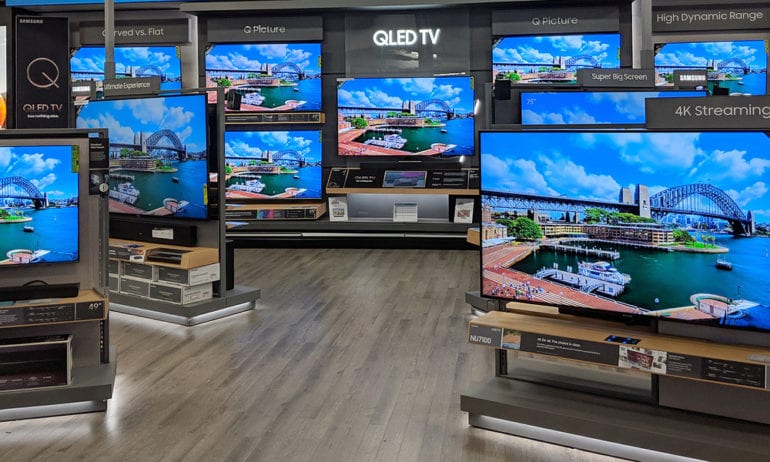Modern TVs have so many complicated features that it can be difficult to choose the right one. Should you get an LED, QLED, or OLED TV? Is 4K really worth it? What’s the difference between HDR10 and HDR10+? To make things simple, here’s a comprehensive guide that explains everything you need to know about buying a new TV, so you can make the best decision when shopping for a new flat screen.
Resolution: HD vs Full HD vs 4K vs 8K
One of the first things to consider when buying a new TV is what resolution you want. This refers to how many pixels (or points of light) the screen has. Basically, higher-resolution TVs show more detail in the image, which means your movies and TV shows will look cleaner and sharper.

Currently, the most common resolutions that TVs support are HD (also known as high-definition or 720p), Full HD (also known as FHD or 1080p), 4K (also known as UHD or ultra-high resolution), and 8K.
Regular HD TVs have just under 1 million pixels, Full HD TVs have over 2 million pixels, 4K TVs have 8 million pixels, and 8K TVs have over 33 million pixels. In other words, a 4K TV has about 4 times as many pixels as a Full HD TV, while 8K has 4 times as many pixels as a 4K TV.
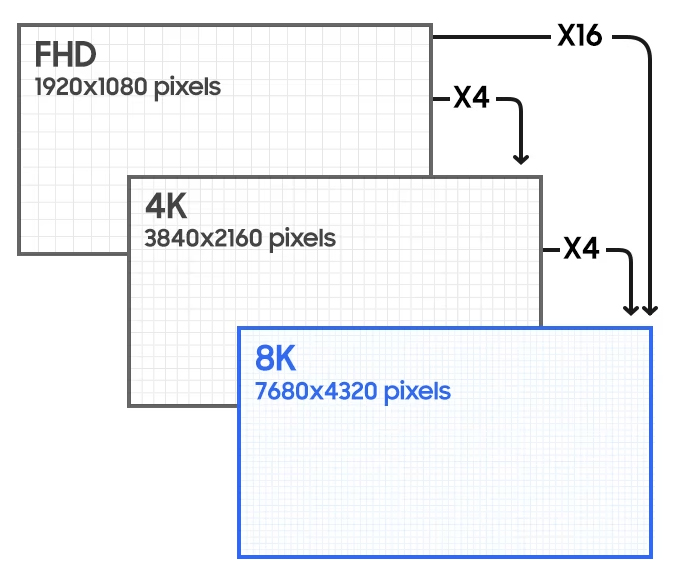
Should You Buy an HD, FHD, 4K, or 8K TV?
While HD TVs have been the cheapest option for years, 4K is getting much cheaper. On the other hand, 8K TVs are still very expensive, and there’s still not very much 8K content you can even watch. So, if you are buying a new TV, a 4K model would be the best option for most people.
Read More: 4K vs 1080p
What Size TV Should You Buy?
When it comes to buying a new TV, bigger is almost always better. However, it all depends on your TV’s resolution and how far you sit from the screen. Currently, the most popular TV size in the US is 65 inches, according to data from TrendForce.
It’s important to know how far you will sit from your TV because you want the screen to fill at least 20-30 degrees of your field of vision. For a more cinematic experience, THX advises you to buy a TV that takes up to 40 degrees of your field of vision.
It’s also important to take the resolution of your TV into account because you won’t be able to tell the difference from far away. For example, if you get a 55-inch TV, and you’re sitting 15 feet away from the screen, an HD TV will look just as good as a 4K TV.
Read More: How far should you sit from your TV
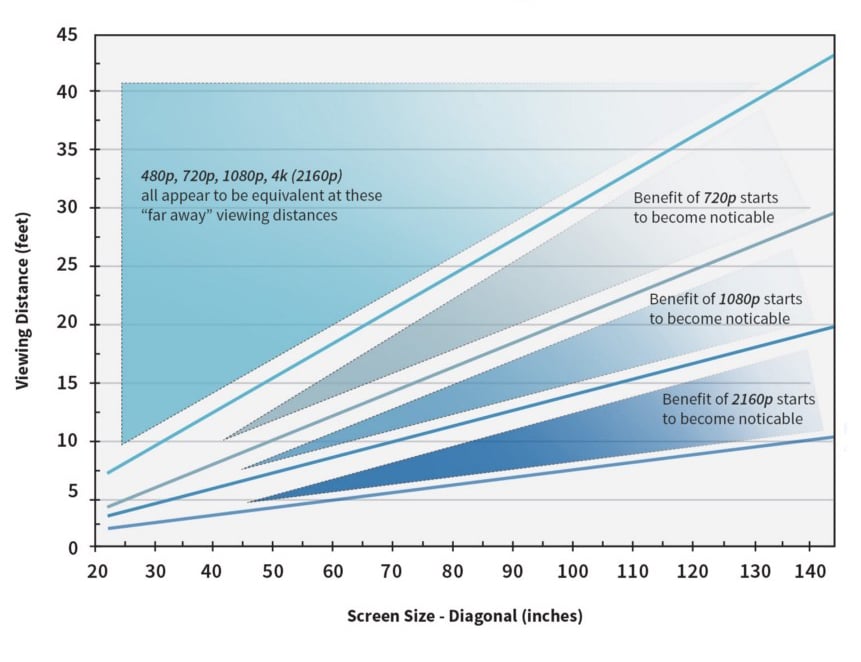
You can calculate how big your TV should be with a simple equation. All you have to do is measure how far you sit from the screen and divide that number by 2.5 for HD TVs or 1.6 for 4K TVs.
HD: Viewing Distance (inches) 2.5 = TV Size (inches)
4k: Viewing Distance (inches) 1.6 = TV Size (inches)
So, if you sit 10 feet (or 120 inches) away, you should buy an HD TV that’s at least 48 inches large or a 4K TV that’s at least 75 inches large.
While you might think that’s too big, THX recommends you go even bigger. According to the cinema certification program, you just need to measure the viewing distance (in feet) and multiply it by 10 to see how big your TV should be (in inches).
THX: Viewing Distance (feet) 10 = TV Size (inches)
So, if you sit 10 feet from your TV, THX recommends getting a 100-inch screen.
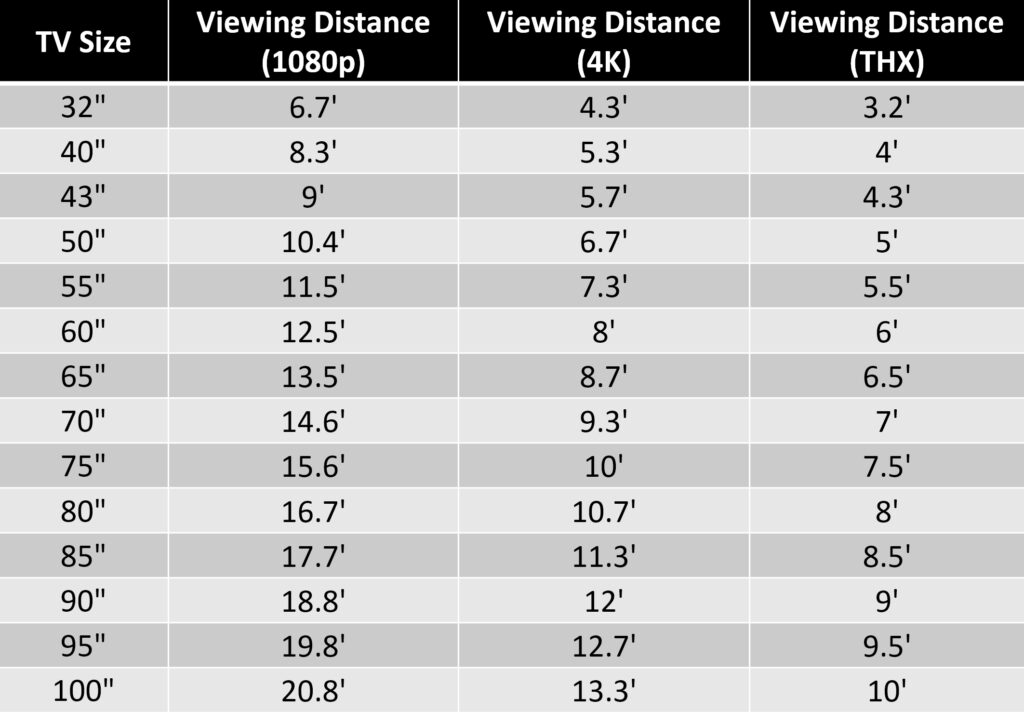
If your TV still isn’t large enough, you can always get a TV mount that extends out to make your TV look larger. Thankfully, HelloTech has thousands of experts across the country who can come to your home as soon as today and mount your TV right the first time. We’ll even hide your wires in the wall to make your home theater look even better.
Panel Types: LED vs QLED vs OLED
There are really only two different types of displays on the market today: LED and OLED. While LED TVs are cheaper, they don’t always have the best image quality. On the other hand, OLED TVs have much better image quality, but they don’t get nearly as bright.
What Is an LED TV?
The majority of flatscreen TVs these days use LED (light-emitting diode) backlights that shine through LCD (liquid crystal display) panels to create an image. These TVs are usually cheap and very bright, but they can also make black parts of the image look washed out.
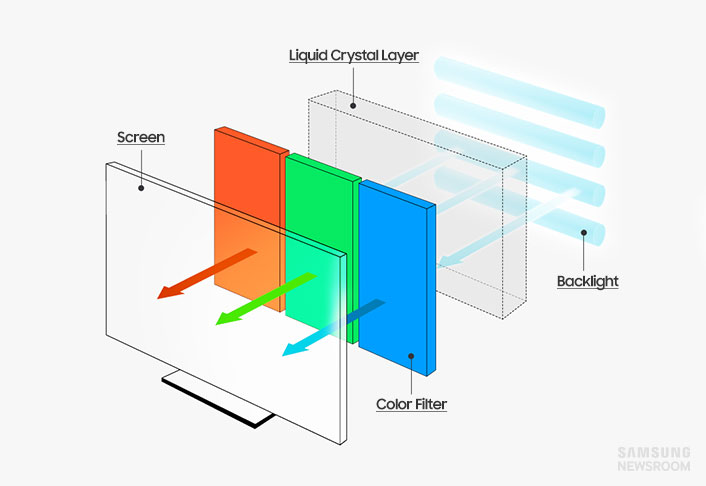
What Is a QLED TV?
A QLED TV is just like an LED TV, except it has a “quantum dot” layer between the backlight and the LCD panel. This additional layer uses tiny crystals to greatly increase the brightness and color volume of an image.
What Is a Mini-LED TV?
Some new TVs have hundreds (or even thousands) of Mini-LED backlights to improve the brightness and contrast of the image. Mini-LED TVs are usually brighter than regular LED TVs, and they often have more “local dimming zones,” which also improves the contrast of images.
Some TV companies also use terms like ULED, Neo LED, and QNED, which are just other forms of LED TVs with minor improvements.
What Is an OLED TV?
OLED TVs are completely different from LED TVs because they don’t use a backlight. Instead, each pixel in an OLED TV can be turned on or off individually. This improves the contrast ratio because black pixels can be turned off completely, even if they are right next to bright white pixels.
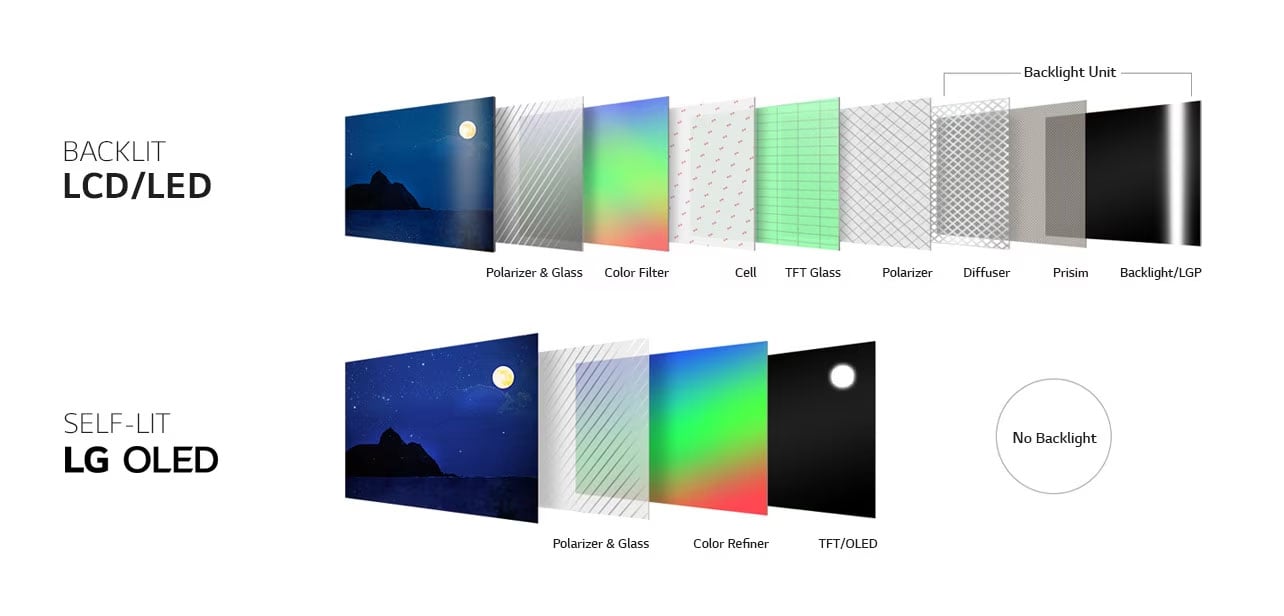
The biggest downside to OLED TVs is that the individual pixels can degrade over time, leading to “permanent image retention.” This means static images and graphics can “burn in” your screen, especially if you leave your TV paused on the same image for a long time.
Should You Buy an LED or OLED TV?
If you plan to watch TV in a bright room, you should buy an LED TV because it will get bright enough to combat natural light. On the other hand, if you plan to watch movies in a dark room, you might want to buy an OLED TV because they have better contrast and motion handling.
Read More: What’s the difference between LED, QLED, and OLED TVs?
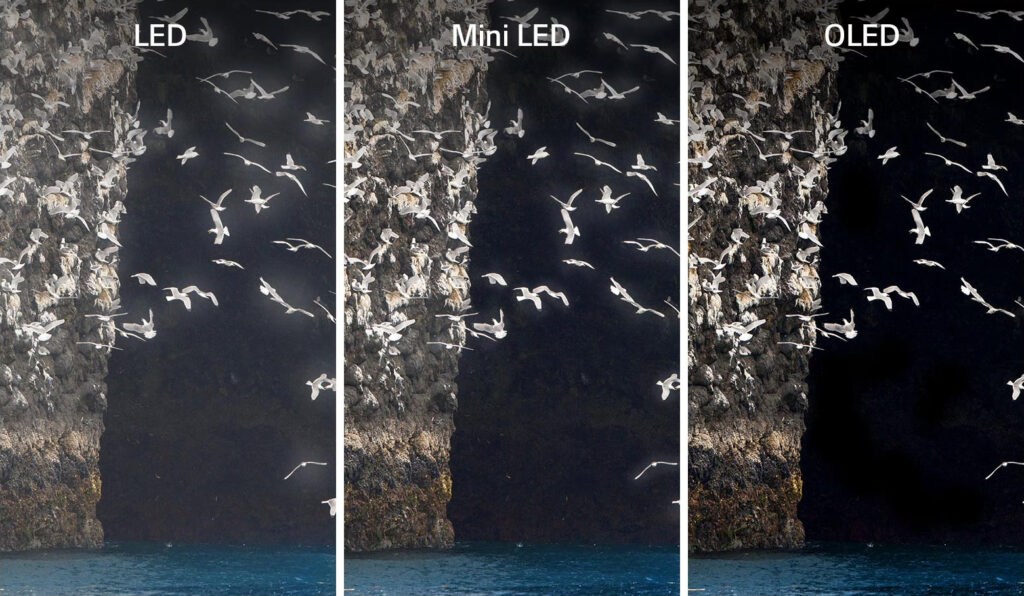
If you plan to buy an LED TV, it’s important to know what type of backlighting it uses. There are “edge-lit” TVs that use a row of LEDs on the top, bottom, or side of the screen. There are also “direct-lit” TVs that use a grid of LEDs. However, both of these displays will cause light to “bleed” from the brightest parts of an image to the darker areas.
What Is Full-Array Local Dimming?
Full-array TVs have a feature called “local dimming,” which divides the LED backlights into “zones.” Each of these zones can be individually dimmed to improve the overall contrast. The more local dimming zones a TV has, the better the picture quality and contrast will be.
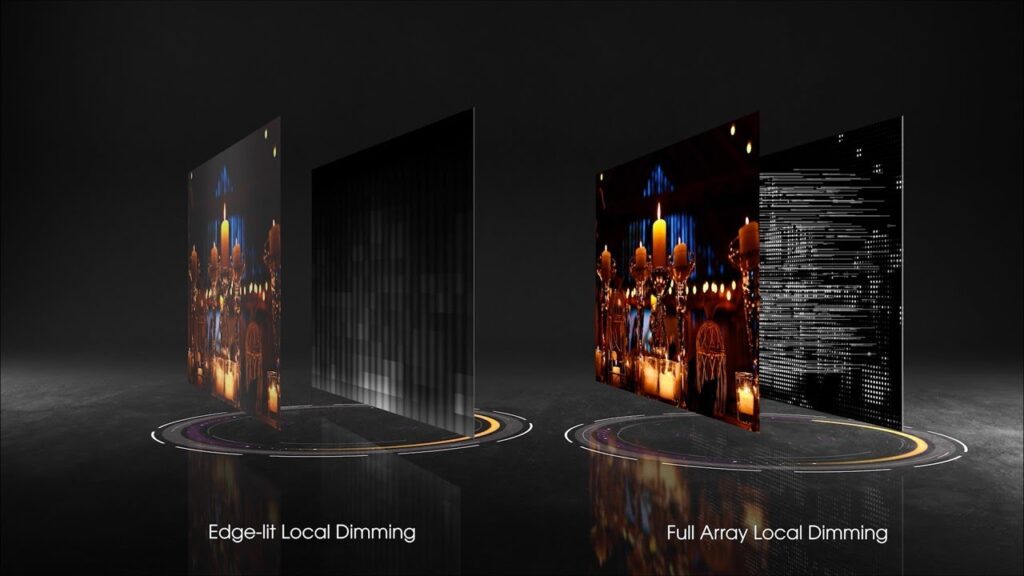
TV Buying Guide: What Is HDR?
HDR (high dynamic range) adds details to the shadows and highlights of an image. That means you’ll get whiter whites, deeper blacks, and a wider range of colors compared to TVs that still use Standard Dynamic Range (SDR).
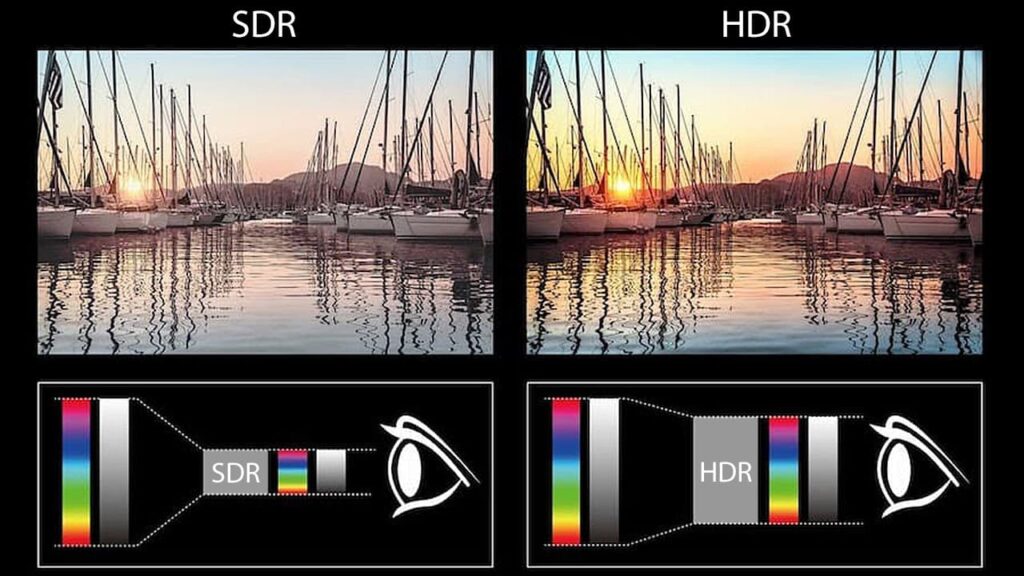
However, in order to take advantage of HDR content, you need a TV with a peak brightness of at least 500-1,000 “nits” or more.
HDR10 vs HDR10+ vs Dolby Vision
The 3 main HDR standards today are HDR10, HDR10+, and Dolby Vision. HDR10 is the most popular standard, but it can make an entire movie look brighter or darker than it should be. Both HDR10+ and Dolby Vision can get brighter, support more colors, and produce the best image.

In order to take advantage of an HDR TV, you also need to be watching content that supports HDR. Currently, HDR10 and Dolby Vision are supported standards from most streaming services and Blu-ray players, but HDR10+ is not as commonly used. So, if you are looking to buy a new TV, the safest bet is to choose one that supports Dolby Vision or HDR10.
Read More: What is HDR and how does it work?
Sound Quality: HDMI ARC vs eARC
Most TVs these days are too thin to contain high-quality speakers. So, to get the best sound from a TV, you will need to connect it to a soundbar or surround-sound system via an HDMI ARC (audio return channel) or eARC (enhanced audio return channel) port.
With HDMI ARC, you can connect your TV directly to a soundbar or AV receiver using a single cable. With eARC, you can use higher-quality audio formats like DTS:X and Dolby Atmos. These surround-sound technologies can create a 3D sound that comes from all around you, as long as you have a compatible audio system.

Setting up a home theater can be hard, but HelloTech makes it easy. Our hand-picked professionals will work with you to create the perfect audio system for your home theater. We’ll even stick around after everything is installed to walk you through the new system and answer any questions you have.
What Is Refresh Rate: 60Hz vs 120Hz vs 240Hz
A TV’s refresh rate refers to how many images a screen can display per second. Generally speaking, a high refresh rate will result in smoother motion, especially when watching sports or playing video games on the latest consoles.
These days, we recommend buying a TV that has a refresh rate of 120Hz, especially if you want to play video games. A high refresh rate will also help with older movies, action movies, sports, and anything with lots of motion.

However, it’s important to note that some manufacturers artificially inflate their refresh rates. So, make sure to check the “native refresh rate” before buying a new TV.
TV Buying Guide: Choosing a TV for Gaming
If you are buying a TV for gaming, you want to find one with a low input lag (also known as latency). This is how much time it takes for the screen to respond after you push a button on your controller. Preferably, you want a TV with an input lag under 30ms (milliseconds).

TV Buying Guide: Ports and Connectivity
When buying a TV, you should make sure that it has the right ports. Specifically, you want a TV with several HDMI 2.0 or HDMI 2.1 ports. These high-speed connections support higher resolutions and faster refresh rates from your DVD players, game consoles, and other devices.
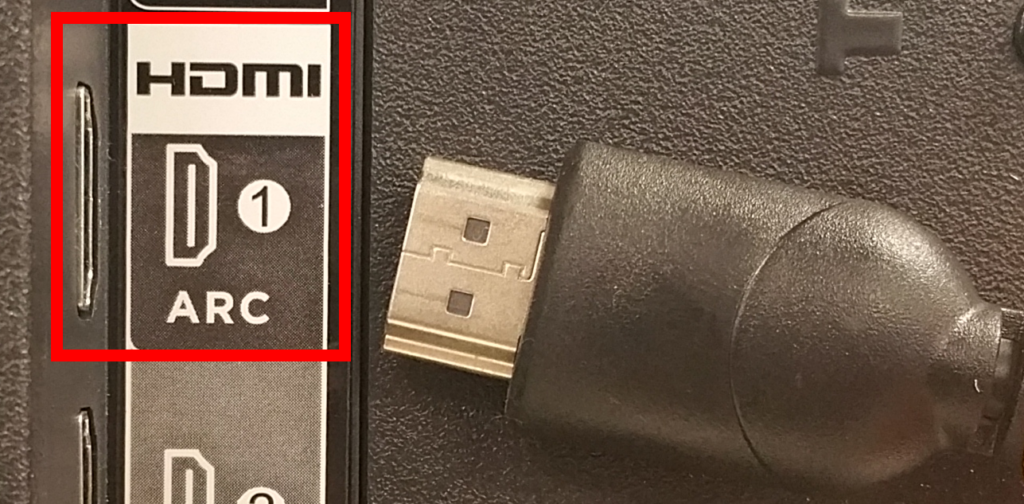
At the moment, HDMI 2.0 is the most common HDMI standard. But if you have the latest-gen gaming console, you should buy a TV that has at least one HDMI 2.1 port. It is also important to note that you will need a high-speed cable in order to take advantage of your HDMI 2.1 ports.
If you want a smart TV, you should also consider buying a model with an Ethernet port. This will allow you to connect your TV directly to your router to get the fastest speeds when streaming.
Should You Buy a Smart TV?
A smart TV connects to the internet, allowing you to watch millions of movies and TV shows from streaming services like Netflix, Hulu, and more. You can also connect a smart TV to your smart speakers and use voice commands to change the channel, turn off your TV, and more.
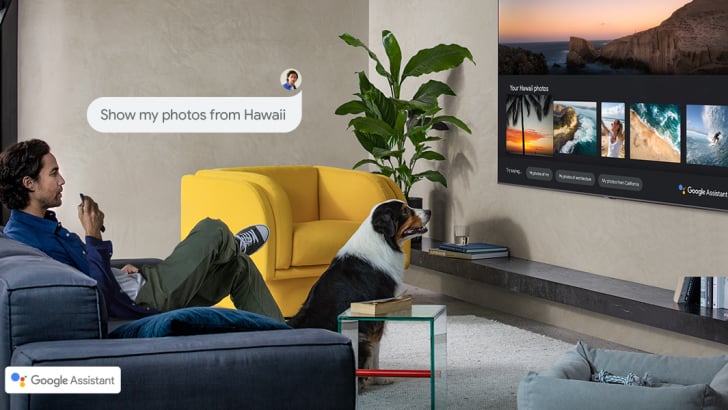
Each smart TV comes with a streaming platform built in, such as Roku, Fire TV, Android TV, or WebOS. You can also use a streaming device to access your favorite streaming services, even if you don’t have a smart TV.
Having trouble connecting to your streaming services? HelloTech has professionals across the country who can come to your home and set up any streaming services or streaming devices you have.
HelloTech editors choose the products and services we write about. When you buy through our links, we may earn a commission.
